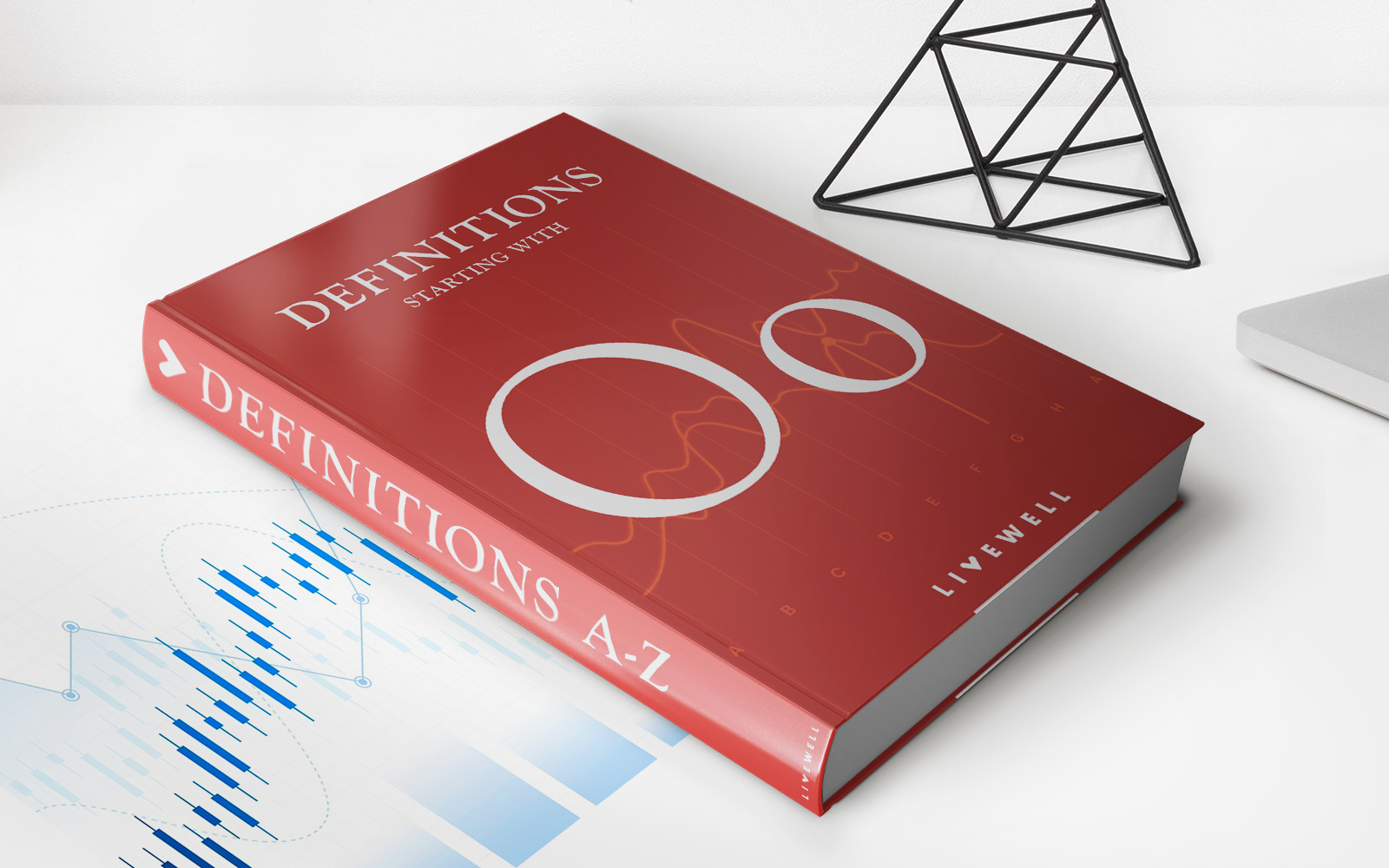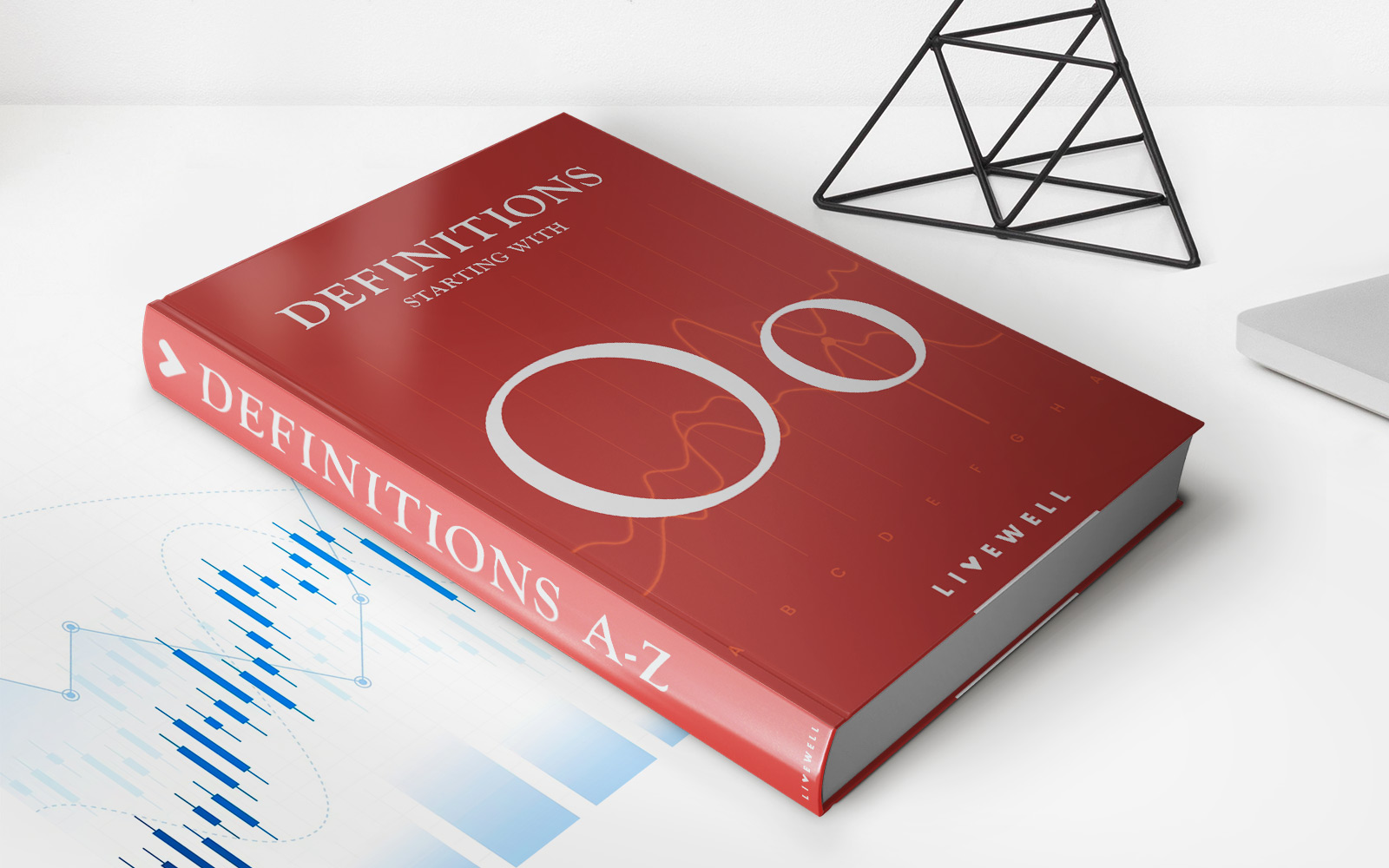Home>Finance>Incremental Capital Output Ratio (ICOR): Definition And Formula


Finance
Incremental Capital Output Ratio (ICOR): Definition And Formula
Published: December 8, 2023
Learn about the Incremental Capital Output Ratio (ICOR) in finance, its definition, and formula. Understand how ICOR measures economic efficiency and productivity.
(Many of the links in this article redirect to a specific reviewed product. Your purchase of these products through affiliate links helps to generate commission for LiveWell, at no extra cost. Learn more)
Understanding Incremental Capital Output Ratio (ICOR): Definition and Formula
Welcome to the Finance category of our blog! In this post, we will delve into the concept of Incremental Capital Output Ratio (ICOR) – a key metric used in economics and finance to measure the efficiency of an economy. We will explain what ICOR is, how it is calculated, and why it is important for businesses and policymakers.
Key Takeaways:
- ICOR measures the amount of capital investment required to generate an additional unit of output.
- A lower ICOR indicates higher efficiency and productivity in the utilization of capital.
Now, let’s get started with understanding ICOR in more detail.
What is Incremental Capital Output Ratio (ICOR)?
Imagine a scenario where a country wants to increase its economic output by investing in more capital goods such as infrastructure and machinery. Incremental Capital Output Ratio (ICOR) is a metric that quantifies the amount of capital investment required to produce an additional unit of output.
Simply put, ICOR measures the efficiency of capital utilization and reflects how efficiently an economy or a business can convert capital investment into increased output. It is a crucial indicator to assess the productive efficiency of capital and economic growth potential.
How to Calculate ICOR?
The formula to calculate ICOR is:
ICOR = Capital Investment / Increase in Output
Let’s say a country invested $1,000,000 in capital and, as a result, experienced an increase in output by 10,000 units. Using the formula, the ICOR for this scenario would be:
ICOR = $1,000,000 / 10,000 units = 100
Thus, in this case, it takes an investment of $100 to generate one additional unit of output.
While the formula seems simple, the real-world application of ICOR involves analyzing complex data to accurately measure the increase in output and capital investment.
Why is ICOR Important?
The ICOR metric plays a vital role for both businesses and policymakers:
- Businesses: By calculating ICOR, businesses can assess the efficiency and productivity of their capital investments. A lower ICOR indicates that a company is generating more output from the same amount of capital, thus improving its profitability. It helps businesses make informed decisions about allocating resources and optimizing capital utilization.
- Policymakers: Governments and policymakers use ICOR to evaluate the effectiveness of economic policies and development plans. A low ICOR signifies that the economy is growing efficiently with lesser capital investment, indicating a higher level of productivity. It helps identify sectors or industries that require focused attention to enhance their efficiency and contribute to sustainable economic growth.
In summary, ICOR is a key metric that measures the efficiency of capital utilization and the relationship between capital investment and economic output. By calculating and analyzing ICOR, both businesses and policymakers can make more informed decisions to drive economic growth and achieve sustainable development.
We hope you found this post on ICOR insightful and informative! Stay tuned for more engaging finance topics in the future.














